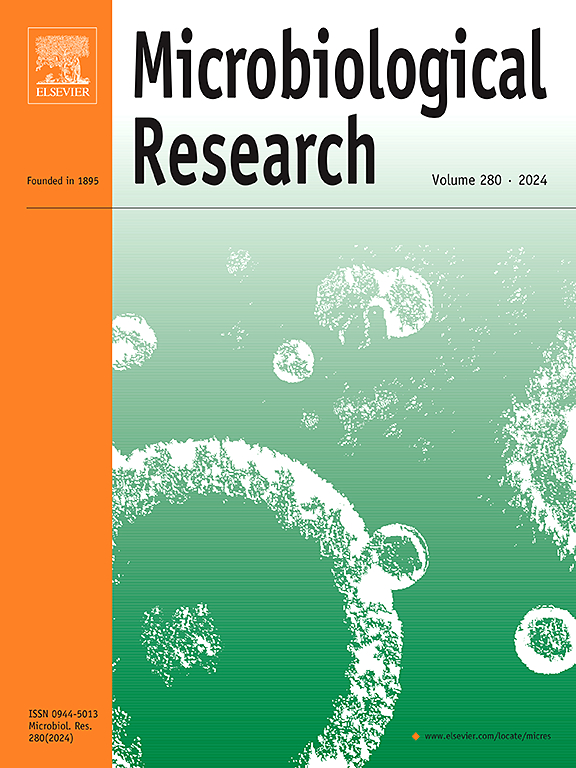Pathogen-derived peptidoglycan skeleton enhances innate immune defense against Staphylococcus aureus via mTOR-HIF-1α-HK2-mediated trained immunity
IF 6.1
1区 生物学
Q1 MICROBIOLOGY
引用次数: 0
Abstract
Regulation of the innate immune response may be an effective strategy to enhance Staphylococcus aureus vaccines. Based on our previous findings that the Listeria peptidoglycan skeleton (pBLP) enhances the immune response through an unknown mechanism, we hypothesized that pBLP provides protection by modulating the innate immune response via trained immunity. In vitro, pBLP increased phagocytosis and inflammatory cytokine levels and elevated the anti-inflammatory cytokine TGF-β following secondary stimulation. In an in vivo model, our findings indicate that pBLP, when administered with a vaccine, protects mice from methicillin-resistant S. aureus challenge and also provides protection against S. aureus CMCC26003 in the absence of antigens. Using an ex vivo model, we demonstrated that pBLP increases markers of trained immunity in peritoneal macrophages. Transcriptome analysis of differentially expressed genes and inhibitor experiments revealed that the trained immunity process induced by pBLP depends on mTOR-HIF-1α and hexokinase 2. This study is the first to demonstrate that pBLP can induce trained immunity. Furthermore, we show that the peptidoglycan skeleton induces a distinct trained immunity phenotype compared to β-glucan, enhancing vaccine protection. Our study provides valuable insights for the design of novel vaccines that integrate both specific and innate immune responses.
求助全文
约1分钟内获得全文
求助全文
来源期刊

Microbiological research
生物-微生物学
CiteScore
10.90
自引率
6.00%
发文量
249
审稿时长
29 days
期刊介绍:
Microbiological Research is devoted to publishing reports on prokaryotic and eukaryotic microorganisms such as yeasts, fungi, bacteria, archaea, and protozoa. Research on interactions between pathogenic microorganisms and their environment or hosts are also covered.
 求助内容:
求助内容: 应助结果提醒方式:
应助结果提醒方式:


